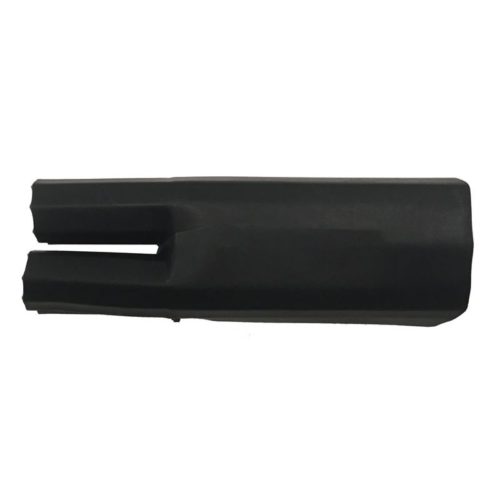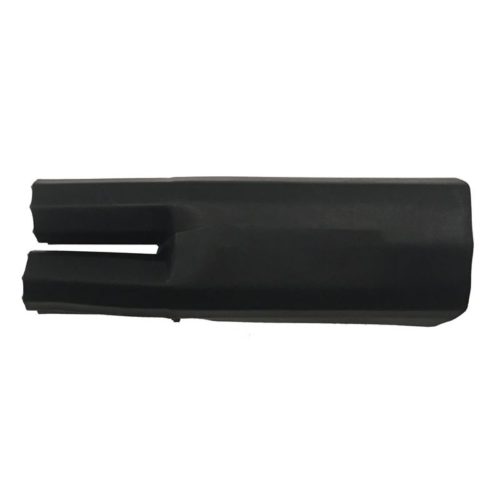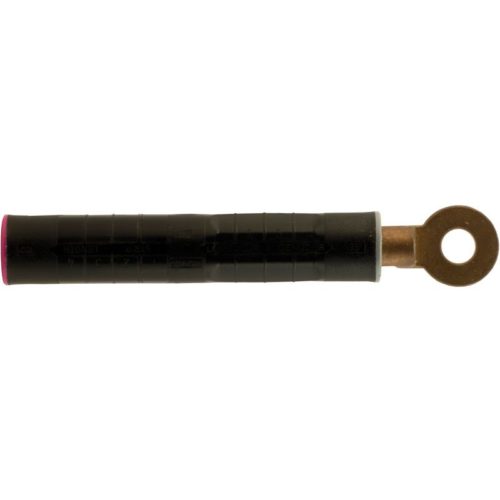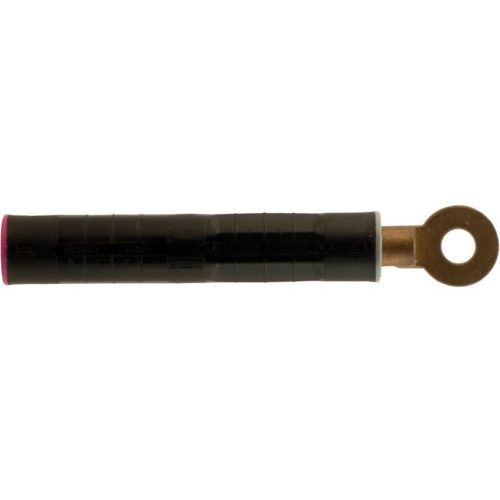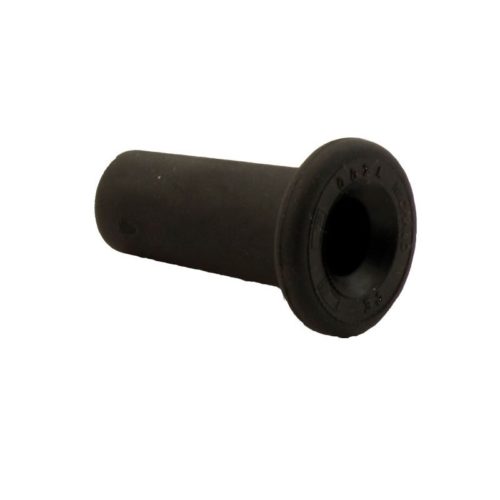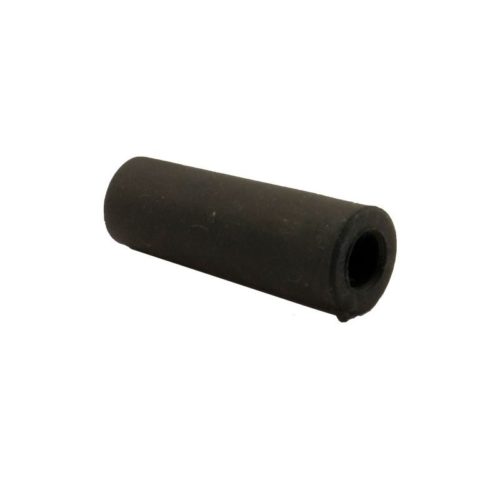-
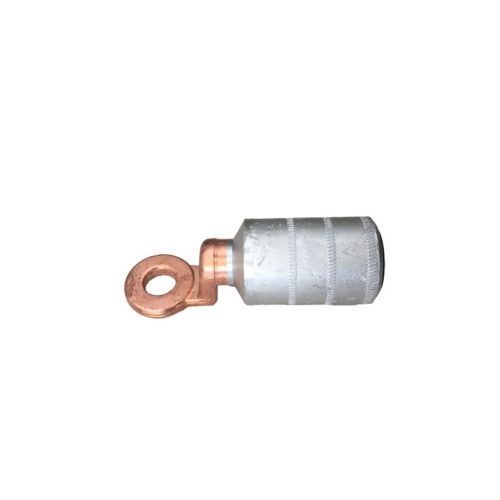
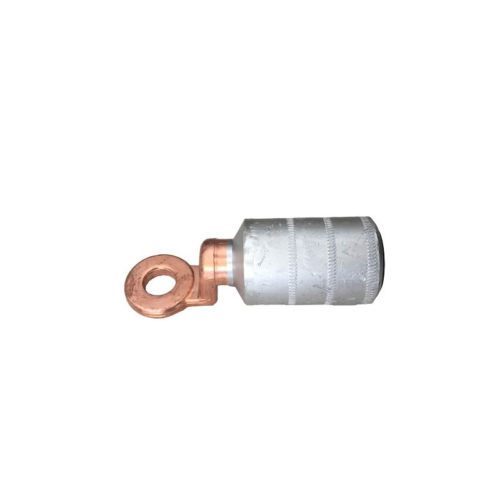 The tubular lug is designed to connect cable. It is made of tinplated copper (by electrolysis). It is manufactured with an inspection hole and socketing. It is implemented with hexagonal compressed connection. It allows copper and aluminium conductors. This lug meets the requirement of the NFC 20-130 standard. The friction welded lug is used to connect aluminium bare conductors to copper equipment terminals. It is used for industrial or indoor applications. This lug is implemented by crimping and out of traction. This lug meets the requirement of the NF C 63-061 standard. The Al/Cu tinned aluminium lug is used to connect aluminium bare conductors to copper equipment terminals. It is applied with a deep crimping.
The tubular lug is designed to connect cable. It is made of tinplated copper (by electrolysis). It is manufactured with an inspection hole and socketing. It is implemented with hexagonal compressed connection. It allows copper and aluminium conductors. This lug meets the requirement of the NFC 20-130 standard. The friction welded lug is used to connect aluminium bare conductors to copper equipment terminals. It is used for industrial or indoor applications. This lug is implemented by crimping and out of traction. This lug meets the requirement of the NF C 63-061 standard. The Al/Cu tinned aluminium lug is used to connect aluminium bare conductors to copper equipment terminals. It is applied with a deep crimping. -
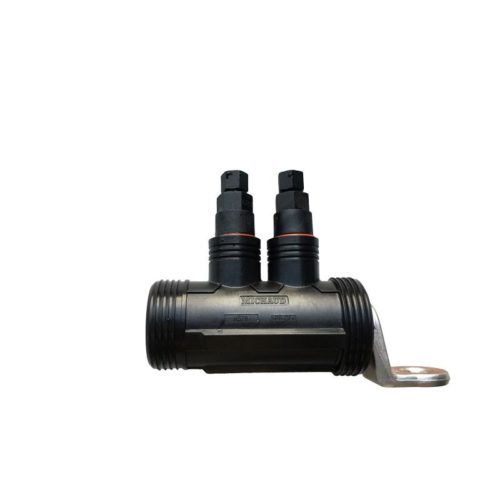
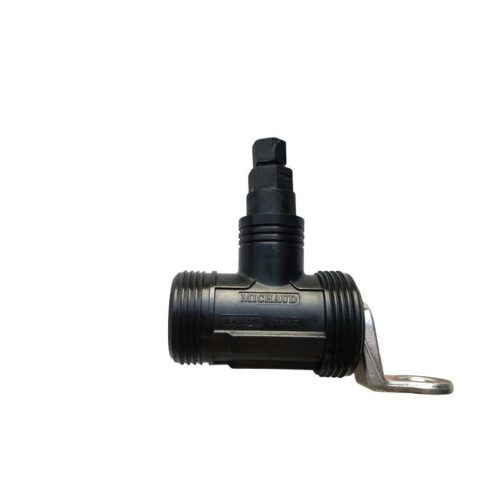 These preinslated lugs with mechanical tightening are used to connect aerial aluminum or copper conductors, solid or stranded round core, to copper equipment terminals. They are to be used without mechanical load. They are made of tinned copper which allows compatibility to copper and aluminium. The connection of the conductor is ensured by one or two shear head screws, for optimal tightening.
These preinslated lugs with mechanical tightening are used to connect aerial aluminum or copper conductors, solid or stranded round core, to copper equipment terminals. They are to be used without mechanical load. They are made of tinned copper which allows compatibility to copper and aluminium. The connection of the conductor is ensured by one or two shear head screws, for optimal tightening. -
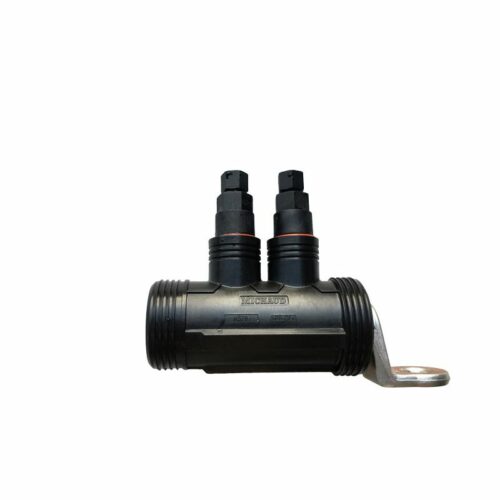
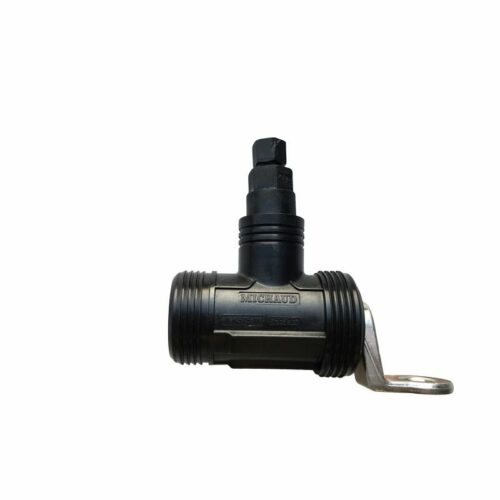 These preinslated lugs with mechanical tightening are used to connect aerial aluminum or copper conductors, solid or stranded round core, to copper equipment terminals. They are to be used without mechanical load. They are made of tinned copper which allows compatibility to copper and aluminium. The connection of the conductor is ensured by one or two shear head screws, for optimal tightening.
These preinslated lugs with mechanical tightening are used to connect aerial aluminum or copper conductors, solid or stranded round core, to copper equipment terminals. They are to be used without mechanical load. They are made of tinned copper which allows compatibility to copper and aluminium. The connection of the conductor is ensured by one or two shear head screws, for optimal tightening.
